Elon Musk Now Suggesting Tesla Roadster Will Fly With SpaceX Package

When Elon Musk announced Tesla was developing a new Roadster, he promised us the moon. When released, the car is supposed to yield a 0-to-60 time of just 1.9 seconds and possess an all-electric range over 620 miles, thanks to its sizable, 200-kWh battery pack. As if that wasn’t ambitious enough, he spent last week outlining an optional SpaceX package that includes “cold-air thrusters” that might allow the vehicle to fly.
Then he said he was serious.
As you know, flying cars are bullshit. The closest we’ve come after decades of work are road-going airplanes. But Musk asserted over Twitter that some variants of the Roaster would fly or, at the very least, be able to hover. This has to be a joke, right?
Apparently not. When questioned the prospect of a flying Tesla, Elon was careful not to overtly double down on flying claims. But he did suggest that the car would have some ability to leave the ground using its cold-air propulsion system. “The new Roadster will actually do something like this,” Musk said in response to a gif of the hovering DeLorean from Back to the Future.
Tech-reviewer Marques Brownlee posited that the man might not be joking, to which Elon responded “I’m not. Will use SpaceX cold gas thruster system with ultra high pressure air in a composite over-wrapped pressure vessel in place of the 2 rear seats,” adding that the car should do the quarter mile in under 8 seconds. Followed by him asking, “Vertically or horizontally?”
While there’s obviously some intentional humor in this, these are still pretty bold claims for a car that that was originally supposed to come out next year and has since been placed on Tesla’s back burner. Elon called it “dessert” a few weeks ago, suggesting that prioritizing the Roadster wouldn’t be fair to the other cars. However he also recently confirmed that Tesla wouldn’t be updating the Model S or X anytime soon, so we’re not sure which cars he’s talking about. Presumably the new crossover and current Model 3… maybe that semi?
Let’s, for a moment, entertain the premise that the Roadster is still in development and the SpaceX package does indeed allow it to leave the pavement. First, that system would require some heavy hardware and expend immense amounts of energy to get aloft. Using the Model 3 as a template, Wired claimed 2.64 minutes of “flight” would be the outside limit. CleanTechnica claimed it was theoretically possible for the vehicle to hover for roughly 7 minutes by extrapolating the Roadster’s larger battery capacity (which neglects to account for the added weight). Both also presumed that the car would use rotors for lift and don’t mesh with our estimated flight time of zero minutes and zero seconds using vented gas.
Musk previously suggested an electric pump would replenish compressed air inside a pressure vessel that would vent through nozzles in the back of the car. But it’s difficult to imagine cold-air thrusters providing sufficient power alone. While SpaceX has more than enough engineering know-how to construct a flying machine and has developed a cold-air system for spaceflight, it’s intended for use in a vacuum — not in the dense atmosphere of Earth.
Adapting that setup for a car would also require some kind of compressed inert gas, which has to be stored somewhere (weight), and an advanced guidance system to ensure the car was controllable — even if it’s just hovering. Multiple articulated thrusters (Musk originally claimed 10) would also be required and, unless Tesla is fine using compressed air, its fuel would have to be replenished somehow. Ultimately, the setup sounds as though it would be terribly energy inefficient, seriously complicated, and insanely expensive while still being too heavy to actually fly.
Instead, we imagine that the SpaceX package would focus on improving the Roadster’s on-road performance — which Musk also mentioned and was supposed to be Tesla’s original goal. But utilizing the system to influence handling, braking, and acceleration by quantifiable degrees still involves venting super-dense (and dangerously cold) gas from all angles. Pedestrians might not appreciate that and what happens if this car gets rear ended? Even though the fuel won’t burn, that doesn’t mean rupturing one of the pressurized storage tanks won’t have catastrophic effects for the occupants. Tesla would have to reinforce the tanks to make them safe for passengers, again increasing weight.
The more we take into account, the more this whole thing sounds untenable. The only remotely plausible application I could think of is using vented gas to create some additional downforce. But I’m inclined to believe that the Tesla Roadster SpaceX variant won’t be a flying car, much like The Boring Company’s “Not A Flamethrower” wasn’t a flamethrower. And that’s being generous. More realistically, this was just Elon Musk seeing an opportunity to procure some media attention for his automotive brand. The dude wasn’t even fond of flying cars as a concept a few years ago and said they’d be too noisy, maintenance heavy, potentially dangerous, and “not a scalable solution.”
Assuming the Roadster actually ends up being built, I’m sure the SpaceX package will be a neat little gimmick for billionaires. But that is all it will be. Shame on anyone that tells you differently.
The new Roadster will actually do something like this https://t.co/fIsTAYa4x8
— Elon Musk (@elonmusk) January 9, 2019
[Images: Tesla Motors]

A staunch consumer advocate tracking industry trends and regulation. Before joining TTAC, Matt spent a decade working for marketing and research firms based in NYC. Clients included several of the world’s largest automakers, global tire brands, and aftermarket part suppliers. Dissatisfied with the corporate world and resentful of having to wear suits everyday, he pivoted to writing about cars. Since then, that man has become an ardent supporter of the right-to-repair movement, been interviewed on the auto industry by national radio broadcasts, driven more rental cars than anyone ever should, participated in amateur rallying events, and received the requisite minimum training as sanctioned by the SCCA. Handy with a wrench, Matt grew up surrounded by Detroit auto workers and managed to get a pizza delivery job before he was legally eligible. He later found himself driving box trucks through Manhattan, guaranteeing future sympathy for actual truckers. He continues to conduct research pertaining to the automotive sector as an independent contractor and has since moved back to his native Michigan, closer to where the cars are born. A contrarian, Matt claims to prefer understeer — stating that front and all-wheel drive vehicles cater best to his driving style.
More by Matt Posky
Latest Car Reviews
Read moreLatest Product Reviews
Read moreRecent Comments
- UnoGeeks Great information. Unogeeks is the top SAP ABAP Training Institute, which provides the best SAP ABAP Training
- ToolGuy This thing here is interesting.For example, I can select "Historical" and "EV stock" and "Cars" and "USA" and see how many BEVs and PHEVs were on U.S. roads from 2010 to 2023."EV stock share" is also interesting. Or perhaps you prefer "EV sales share".If you are in the U.S., whatever you do, do not select "World" in the 'Region' dropdown. It might blow your small insular mind. 😉
- ToolGuy This podcast was pretty interesting. I listened to it this morning, and now I am commenting. Listened to the podcast, now commenting on the podcast. See how this works? LOL.
- VoGhost If you want this to succeed, enlarge the battery and make the vehicle in Spartanburg so you buyers get the $7,500 discount.
- Jeff Look at the the 65 and 66 Pontiacs some of the most beautiful and well made Pontiacs. 66 Olds Toronado and 67 Cadillac Eldorado were beautiful as well. Mercury had some really nice looking cars during the 60s as well. The 69 thru 72 Grand Prix were nice along with the first generation of Monte Carlo 70 thru 72. Midsize GM cars were nice as well.The 69s were still good but the cheapening started in 68. Even the 70s GMs were good but fit and finish took a dive especially the interiors with more plastics and more shared interiors.

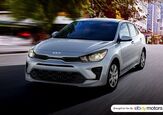
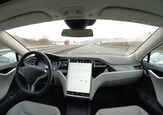

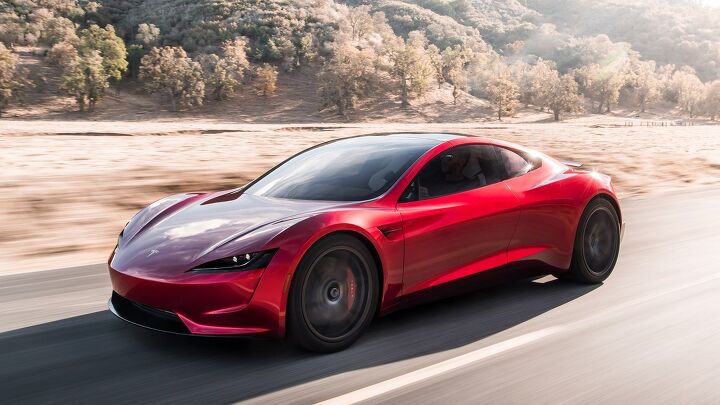






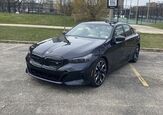





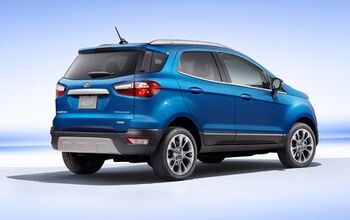
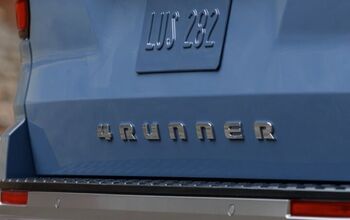
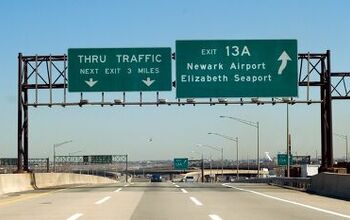
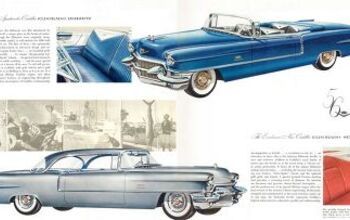
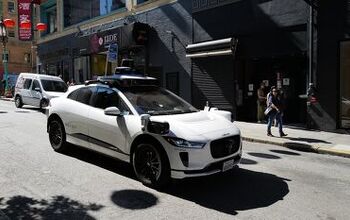
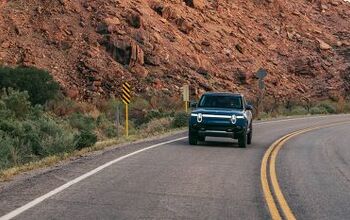
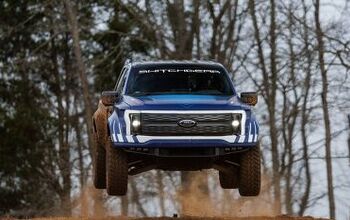
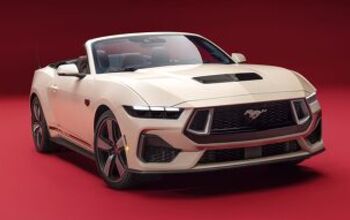
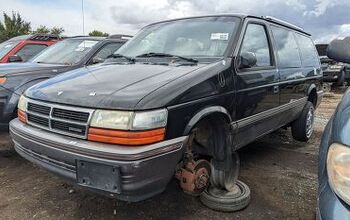
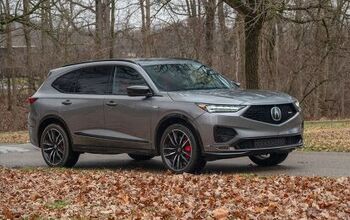
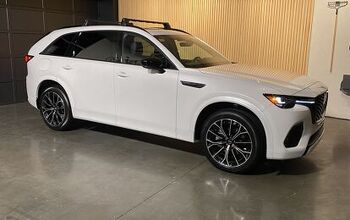
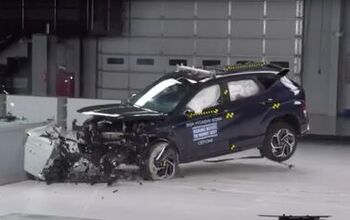
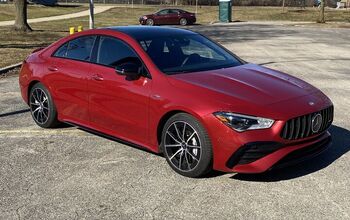
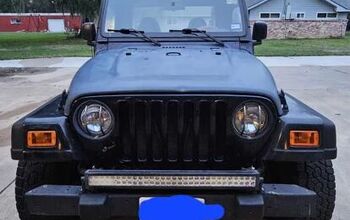
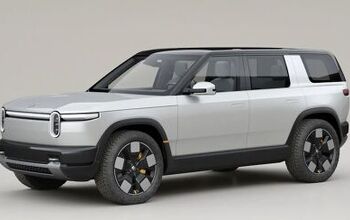

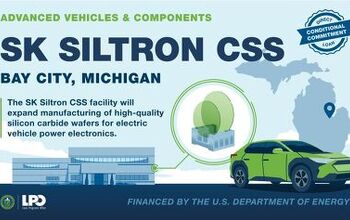
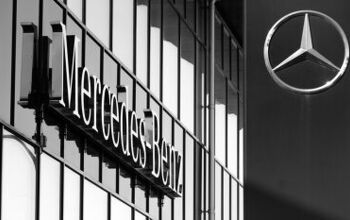
Comments
Join the conversation
Yes, and I'm sure Mexico will pay for it too.
If it has a 200 kWhr battery, it will weigh DOUBLE what a sporty GT should weigh (not much over 2000#)